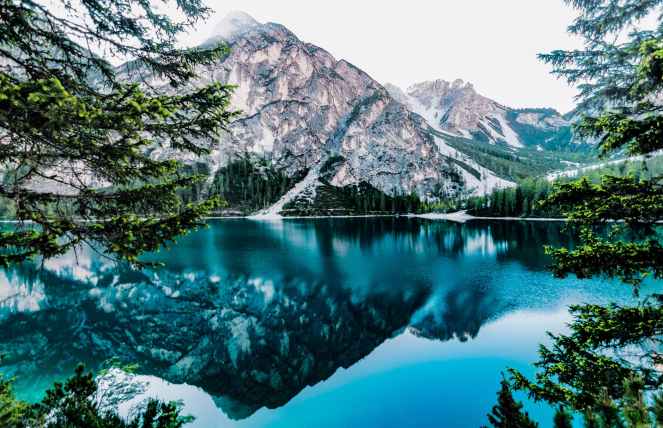
Sometimes enriching moments are the quietest ones; the times we find ourselves alone, quiet, with nothing to do or think about other than what is immediately in front of you. A meditation on what is happening now.
I got to experience that tonight. I have been working from home this week and so my normal routines have been disturbed, meaning I have not been taking my normal short walks in the morning and afternoon. The first time I really got to go walk tonight was after the kids were asleep, just after 8pm. It seemed late but I needed to get out, so I strapped on my sneakers and jacket and headed out the door.
I walked briskly to stay warm, although the air was not as cold as I had expected. The street lights were enough that I did not need a flashlight, but still dark enough that I felt the blanket of dark surround me.
There is something much more meditative about going for a walk late at night rather than staying inside and exercising to a TV or on a treadmill. I breathed in the air deeply, smelling the wood fire smoke coming from a fireplace. I could feel the quiet of the night envelop me, I could hear only my own breath, and feel the solitude of the night.
It reminded me a little bit of staying out late in high school and community college. We lived near a beach town, and on summer nights we’d stay out on the beach until well after it officially closed, basking in the dark and fog and solitude and freedom.
I ended up not being the only one out this evening, but with a nod and a smile, all half dozen of us seemed to silently acknowledge that we were each aware of the comfortable quiet companionship of the night.
Sometimes the quietest activities are the most enriching. I need to try and find other opportunities for it.
What has worked for you? What are your quiet enrichment moments? A cup of coffee? Driving home in the car? Knitting? I’d love to get some more ideas. Leave it in the comments below.









 Ciudad Bolivar, Bogota
Ciudad Bolivar, Bogota 







